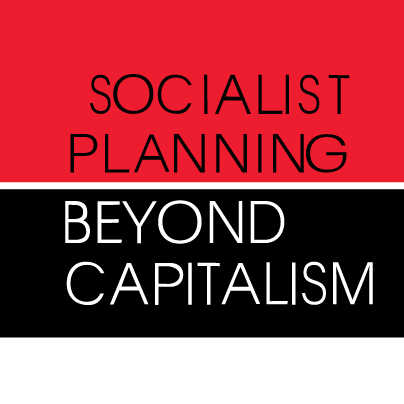Let me give a human face to these dry facts:
"Two months ago, my wife fell ill and was feeling very bad and since we are both elderly (80+ years of age), I called for an ambulance. It arrived in 10 minutes. Two young men arrived who checked my wife's blood pressure. They had a portable device for checking her heart after placing sensors on her. They received the result on graph paper. The doctor checked her and called the hospital telling me that tomorrow a specialist would arrive to check her again, but for now she was ok. The next day we got a call from the doctor and asked if that time was ok to come over. When the doctor arrived she carefully checked my wife over and wrote a lengthy prescription. We declined hospitalization, and I promised the doctor that I would take care of my wife. She agreed but warned me that if my wife did not feel better in two days, they would want to hospitalize her."
All of this was free of charge.
What is the status of unions? How militant or not are they? What percentage of working-class people join them?
A couple of words regarding the history of the unions in Russia are necessary in order to understand their present status. Very briefly, unions began to appear with the rise of capitalism in Russia. They were dynamic and revolutionary, and played a big role in the February and Great October revolutions of 1917. After the formation of the USSR, the employers and the employees were both working-class and the unions became part of the state serving the working-class in health, education, recreation, and many other functions. It was called the All-Union Central Council of Trade Unions (AUCCTU) - the central body of trade unions, it functioned from 1918 until 1990.
After the disintegration of the Soviet Union and the switch from socialism back to capitalism, this entity remained in the same role although politically much weakened, but still had significant assets, organizational ties, and funds. The working-class did not have a militant organization. They were not created for organizing and fighting the capitalist employers. The name of this organization is The Federation of Independent Trade Unions of Russia (FNPR).
To date, the Federation of Independent Trade Unions of Russia is still the largest public association in Russia. As of January 1, 2020, the FNPR had 122 member organizations, including 40 all-Russian (interregional) trade unions. This included 5 trade unions cooperating with the FNPR on the basis of agreements. It also included 82 territorial associations of trade union organizations. The FNPR unites 19.9 million trade union members. Click Here It has its relations with the government and its party, United Russia, capitalist employers, as well as having its members in the State Duma (Russian Parliament).
The second trade union of importance is The Confederation of Labor of Russia (KTR) http://www.ktr.su/en/ (English version available). It was formed in 1995 and has about 2 million members. It is militant. It has to be said that it faces immense difficulties, and its victories are few and far between. Still, they are developing and learning. The Confederation of Labor of Russia is an independent trade union and does not follow the official government line. Its struggle is not only for purely economic benefits. It has an agreement with the Communist Party since 2008. https://kprf.ru/party_live/57151.html
Besides the above-mentioned trade unions there are many others, but these two are the most prominent
How many political parties are there? How strong are they? What about the Communist Party there?
There are fifteen parties in Russia. The results of the last State Duma (Russian Parliament) elections in 2021 resulted in the following top five parties.
United Russia (the government party) - 49.2%
The Communist Party of the Russian Federation (CPRF) - 18.93%
Liberal Democratic Party (LDPR) - 7.55%
A Just Russia - Patriots - For Truth - 7.46%
New People - 5.32%
(Note: You can view every article as one long page if you sign up as an Advocate Member, or higher).





